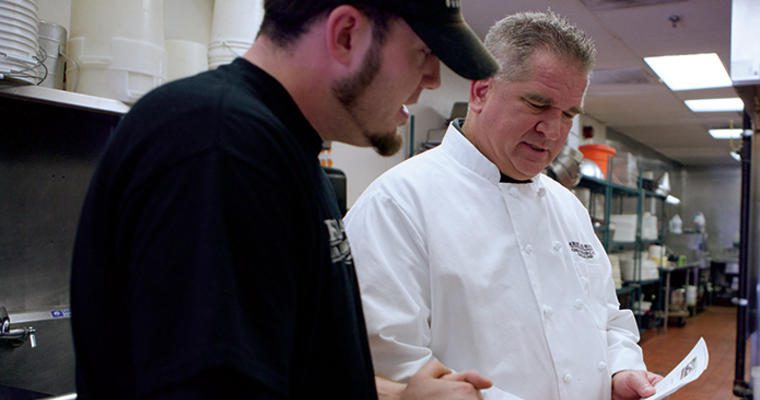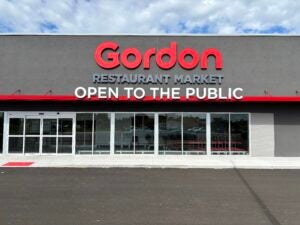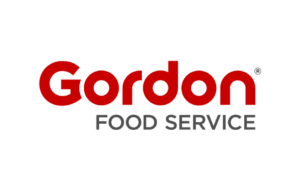A smart, knowledgeable staff is an invaluable resource in preventing foodborne illness. To ensure your operations have the best food handling procedures in place, create a team that is aware of the regulations and make sure you have the right person at the helm to do food safety right.
Requirements of the Food Code
The Food Code is a model code created by the Food and Drug Administration that dictates state, city, and county regulations for food service operations*. These regulations help ensure that people are kept safe from foodborne illness by dictating food handling procedures and staffing structure to guarantee procedures are followed.
The Person In Charge
A Person in Charge (PIC) is the individual at a food establishment who is responsible for ensuring safe food handling within the operation. Per the Food Code**, a PIC needs to be present anytime the establishment is receiving, preparing, storing or serving food; or when the establishment is open to the public.
Knowledge of Foodborne Disease Prevention
The Person in Charge must demonstrate knowledge as to working conditions and how they relate to the prevention of foodborne illness, including:
- Personal hygiene of a food employee
- Symptoms associated with the diseases transmissible through food
- Time/Temperature control for food safety
- Cross contamination
- Hand Contact with ready-to-eat foods
- Handwashing
- Major food allergens and the symptoms
- Equipment (properly designed, constructed, located, installed, operated, maintained, and cleaned)
- Cleaning and sanitizing utensils and food-contact surfaces
- Maintaining the food establishment in a clean condition and in good repair
Reduce Foodborne Illness Hazards with HACCP
Ensure your Person in Charge knows and understands how to apply the Hazard Analysis Critical Control Point principles, or HACCP. HACCP consists of seven steps to address the control of biological, chemical, and physical hazards; and these principles make up a preventative system to identify and control potential food-related problems before they occur. These seven steps include:
- Conduct a hazard analysis
- Determine the Critical Control Points (CCPs)
- Establish critical limits
- Establish monitoring procedures
- Establish corrective actions
- Establish verification procedures
- Establish record-keeping and documentation procedures
Hire and Train with Food Safety in Mind
Have the right person at the helm to do food safety right- properly hire and train your Person in Charge on the Food Code and all food regulations to ensure your operations have the best food handling procedures in place. This investment will prevent foodborne illness and keep food safety top of mind within your operations.
*The complete Food Code is updated every four years. Between full editions, a Food Code Supplement may be published to modify or clarify certain provisions. The most recent Food Code can be found here.
** The Food Code states – “Upon request, the PIC shall demonstrate knowledge of foodborne disease prevention, application of the Hazard Analysis Critical Control Point principles, and the requirements of the Food Code.”




























